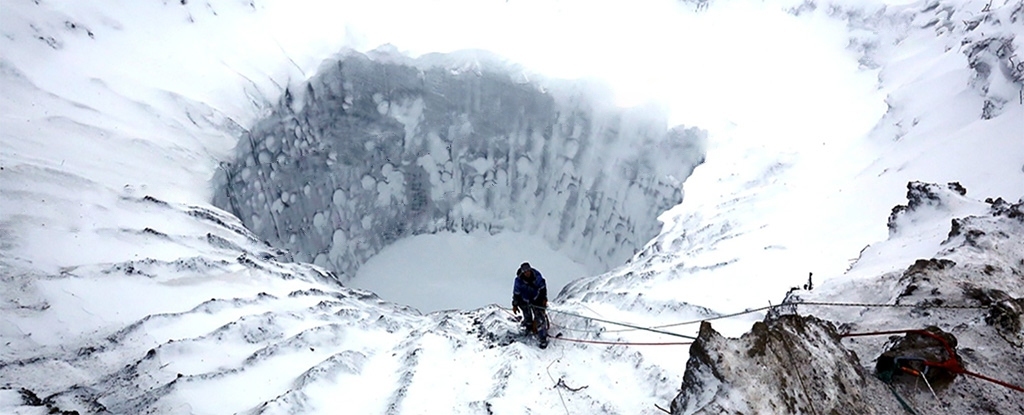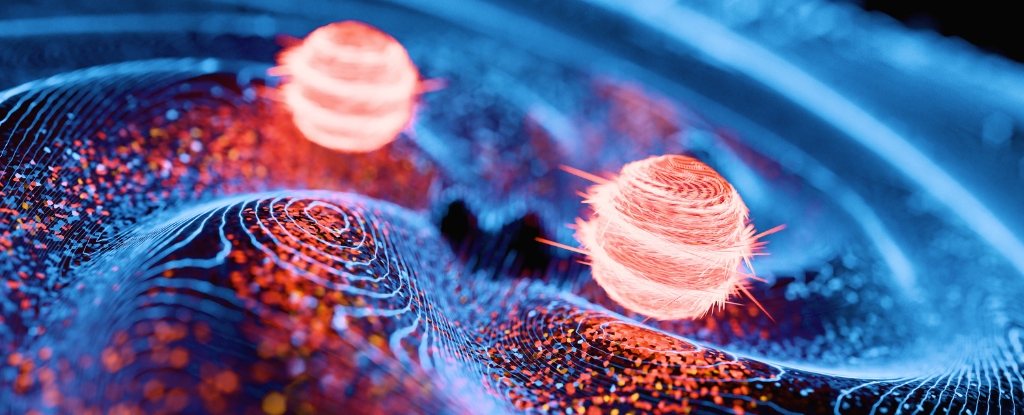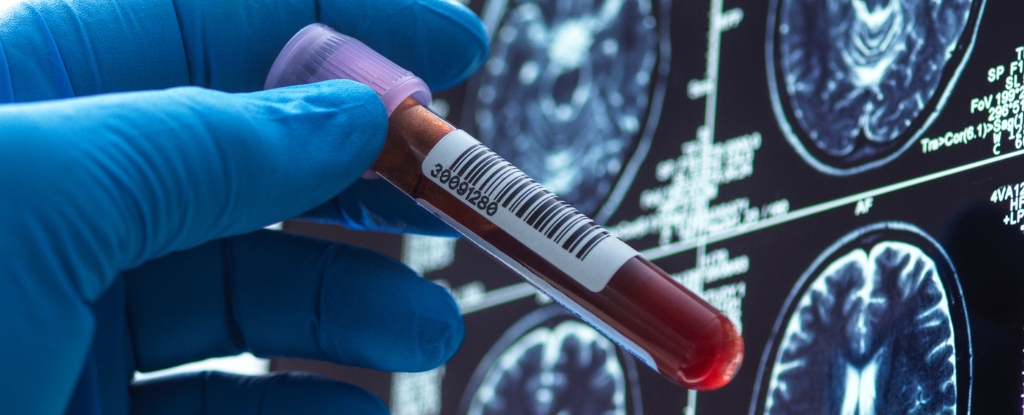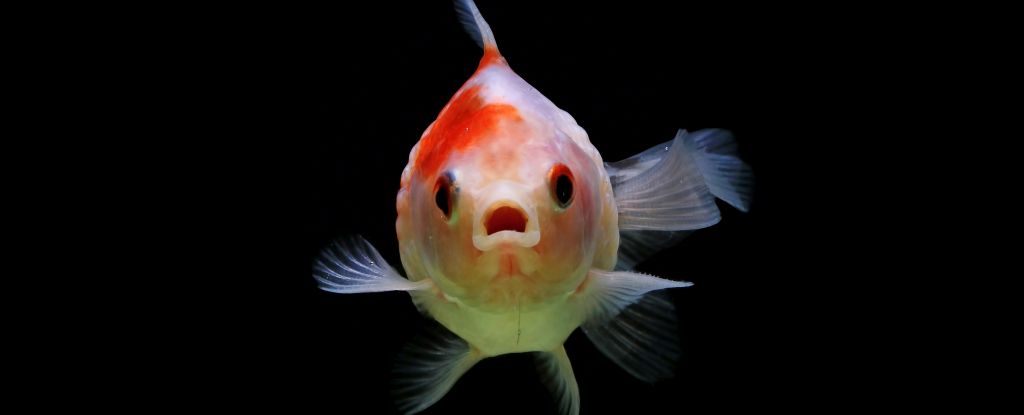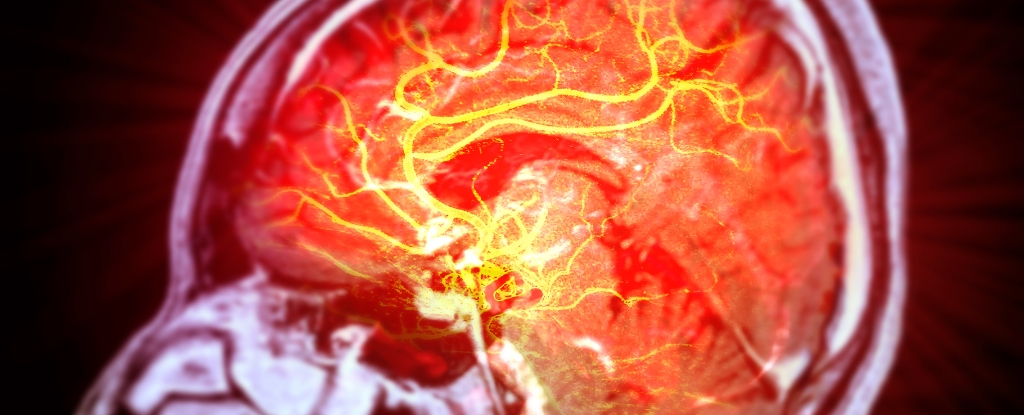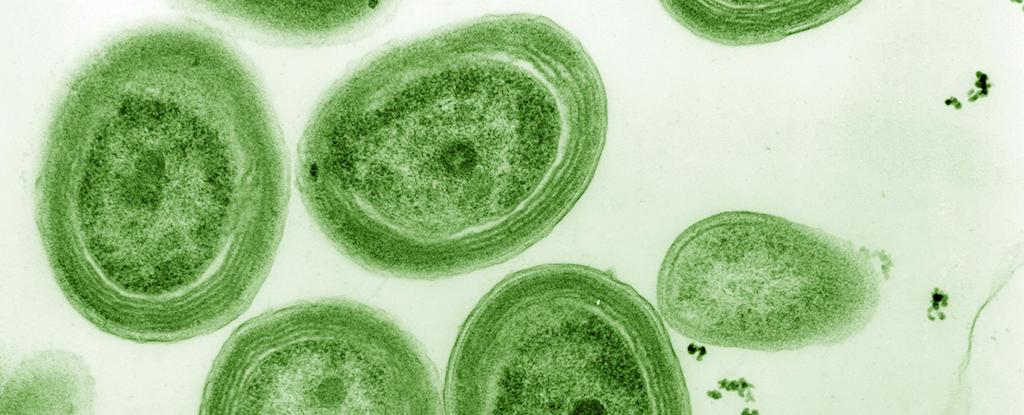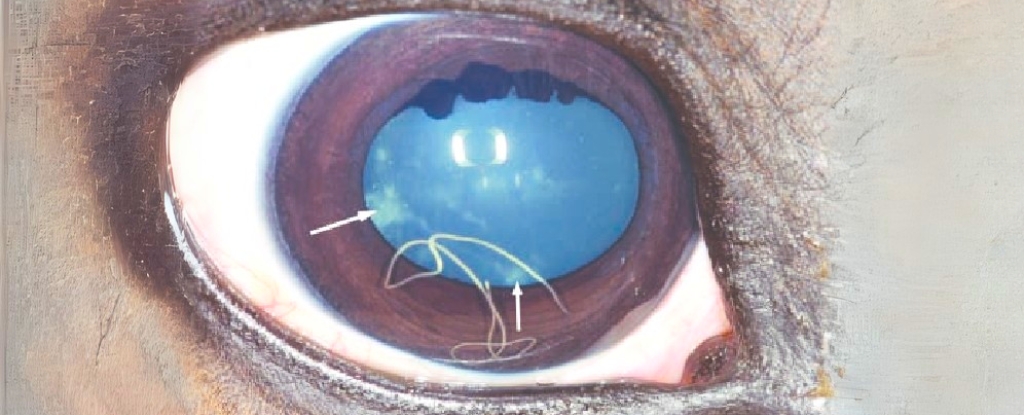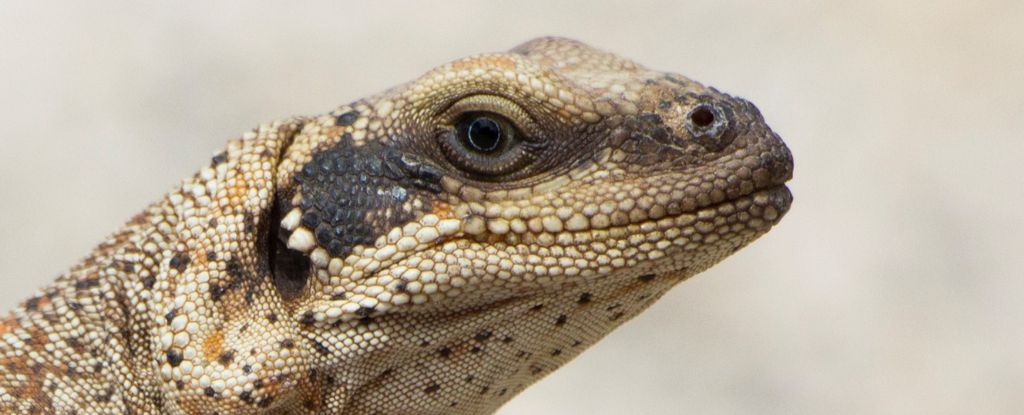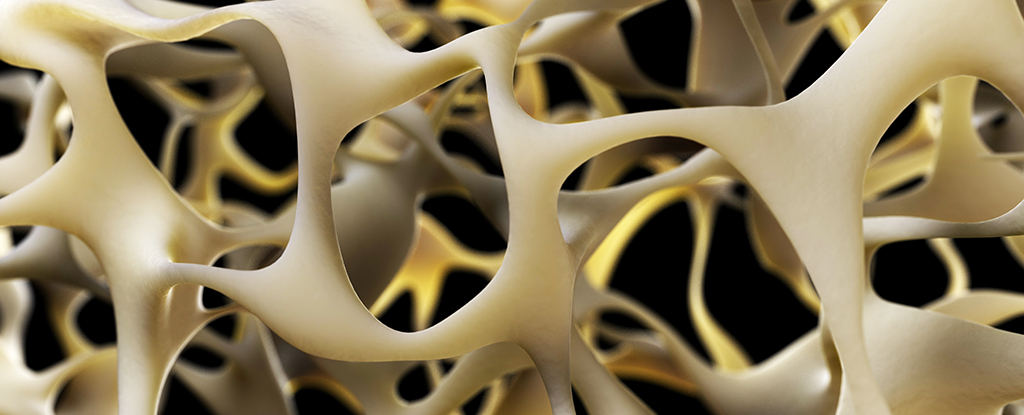More than a decade after mysterious holes were first discovered in the permafrost of Western Siberia, scientists are still putting forward new theories – from gas explosions to meteor impacts – on how they are formed. A team of geoscientists from the University of Oslo, led by Helge Hellevang, has now thrown their hat into the icy ring, putting forth …
Read More »Tag Archives: ScienceAlert
Quantum Entanglement Achieved Between The Hearts of Two Atoms : ScienceAlert
Quantum entanglement – once dismissed by Albert Einstein as “spooky action at a distance” – has long captured the public imagination and puzzled even seasoned scientists. But for today’s quantum practitioners, the reality is rather more mundane: entanglement is a kind of connection between particles that is the quintessential feature of quantum computers. Though these devices are still in their …
Read More »Here’s How Far We’ve Come in Search of a Cure : ScienceAlert
After decades of unsuccessful research, two new drugs and a pioneering blood test have recently given Alzheimer’s patients hope of fighting back against the debilitating disease – but questions remain about their effectiveness. Any path toward a cure also remains elusive for Alzheimer’s, which accounts for around 70 percent of dementia cases worldwide and is a leading cause of death …
Read More »Signs of Our Galaxy’s Arms May Be Trapped in Some of Earth’s Crystals : ScienceAlert
When most of us think about what shaped our planet, we probably picture volcanoes, earthquakes, and huge continents slowly drifting apart (or back together again) over millions or billions of years. We also know meteorite impacts were important; our crater-packed Moon is clear evidence of that. But what if Earth’s geological story was also written further afield in the stars …
Read More »Fish Buttholes May Be The Reason We Now Have Fingers, Study Finds : ScienceAlert
The reason we humans have fingers today may all be thanks to a fish’s clacker. New research into the origins of digit formation shows that the DNA switch controlling finger and toe development got its humble start regulating the formation of fish cloacas, 380 million years ago. It’s a beautiful illustration of nature’s “waste not, want not” ethos in action: …
Read More »Stem Cells Repair Brain Damage Caused by Stroke in Mice : ScienceAlert
Brain damage caused by blocked blood vessels may be treatable using injections of stem cells, according to a new study by researchers from the University of Zurich and the University of Southern California. The results could one day help patients who have experienced some forms of stroke recover lost functions. Using mice with stroke-induced brain damage, the researchers found that …
Read More »Ocean Warming Threatens Microbe That Makes Nearly a Third of Earth’s Oxygen : ScienceAlert
Earth wouldn’t be the lively place it is without photosynthesis, which harnesses solar energy to fuel most of the planet’s food webs. A variety of plants, algae, and cyanobacteria provide this service, but few do it quite like Prochlorococcus, considered to be Earth’s most abundant photosynthetic organism. Tiny even for cyanobacteria, this marine microbe wields outsized influence in its habitats …
Read More »A Deadly Brainworm Is Infecting Moose Across The US. But We Can Finally Track It. : ScienceAlert
A moose in Minnesota stumbles onto the road. She circles, confused and dazed, unable to orient herself or recognize the danger of an oncoming semitruck. What kills her is the impact of 13 tons of steel, but what causes her death is more complicated. Tunneling through her brain is a worm that doomed both of them to die. Commonly known …
Read More »These Desert Lizards Have to Sneeze Salt to Stay Alive : ScienceAlert
Work at Boston’s Museum of Science isn’t always glamorous. Someone’s gotta clean the lizard boogers. In a new behind-the-scenes video, a museum employee cheerfully shares their experience cleaning snot from the glass of Rocky the chuckwalla’s enclosure. The white stuff they are mopping up is no ordinary nasal mucus. When the chukwalla ‘goes achoo’, it sneezes out salt. If the …
Read More »New Breakthrough to Strengthen Bones Could Reverse Osteoporosis : ScienceAlert
A new study points to a key bone-strengthening mechanism at work in the body, which could be targeted to treat the bone-weakening disease, osteoporosis. The study, led by researchers from the University of Leipzig in Germany and Shandong University in China, identified the cell receptor GPR133 (also known as ADGRD1) as being crucial to bone density, via bone-building cells called …
Read More »